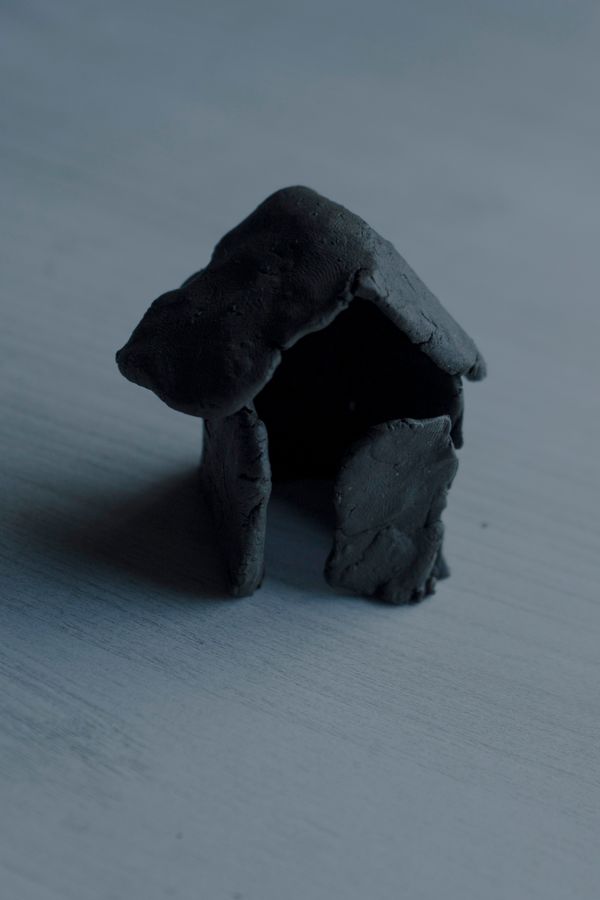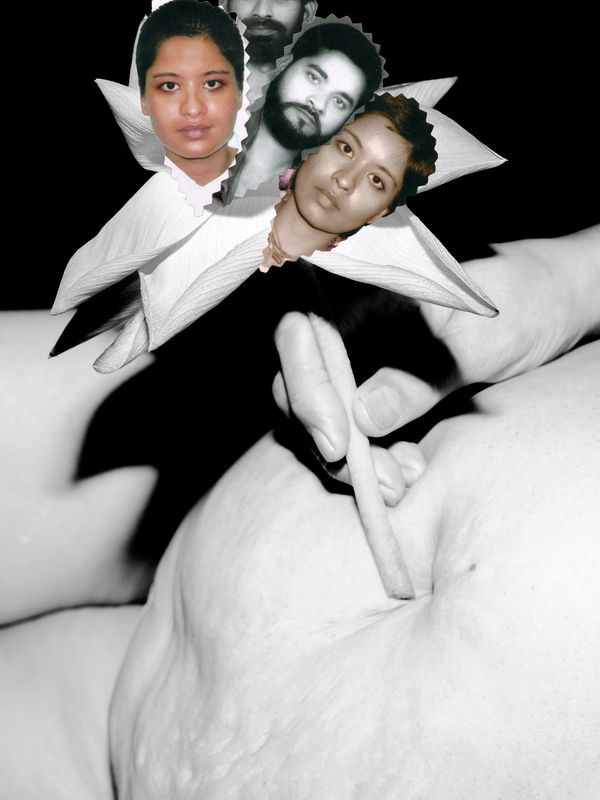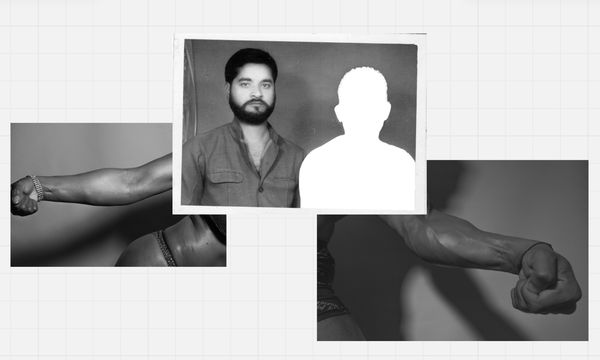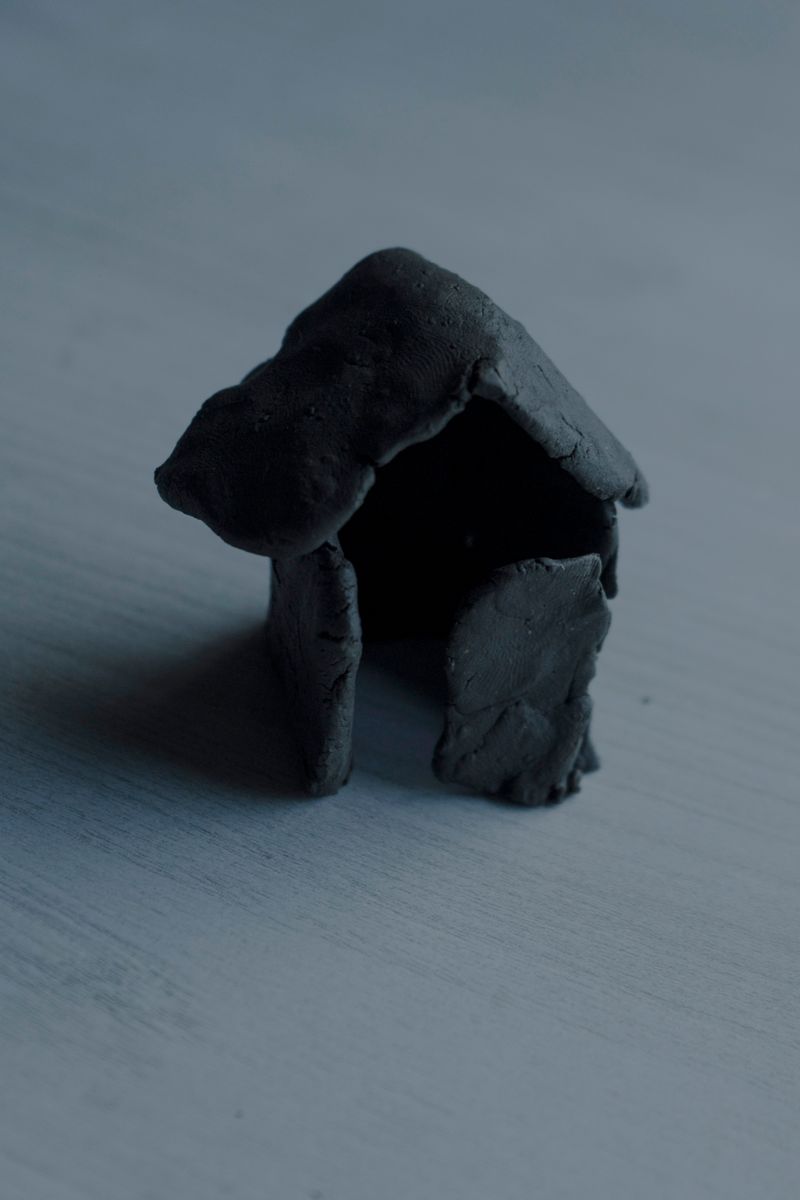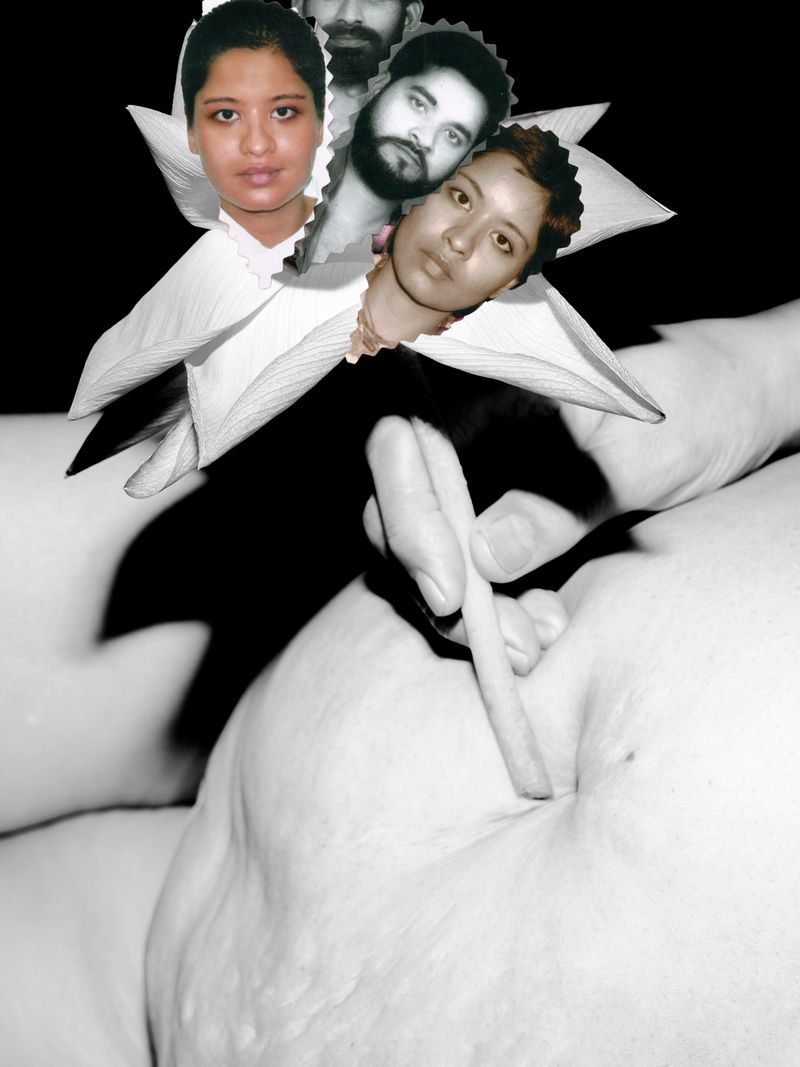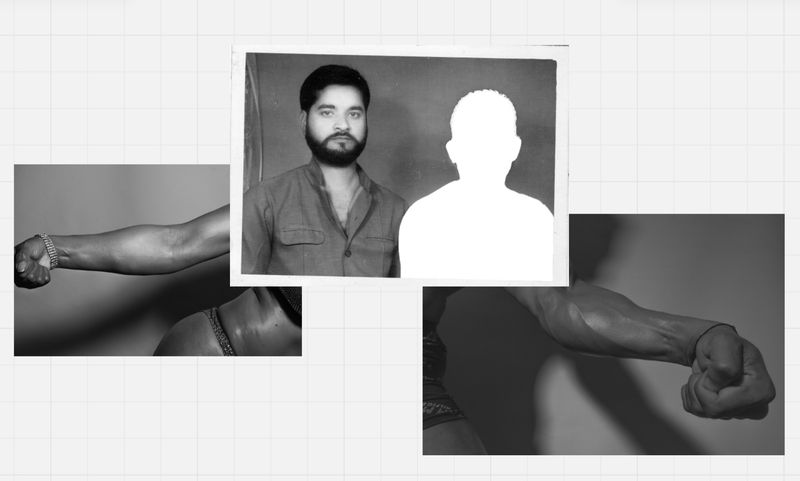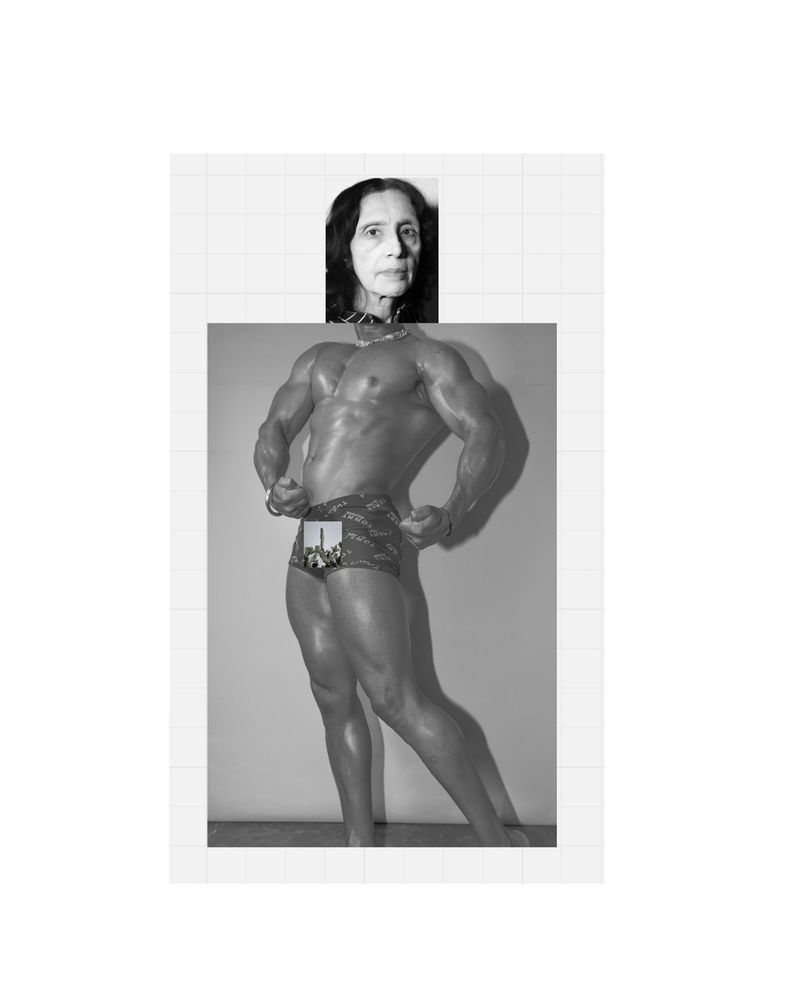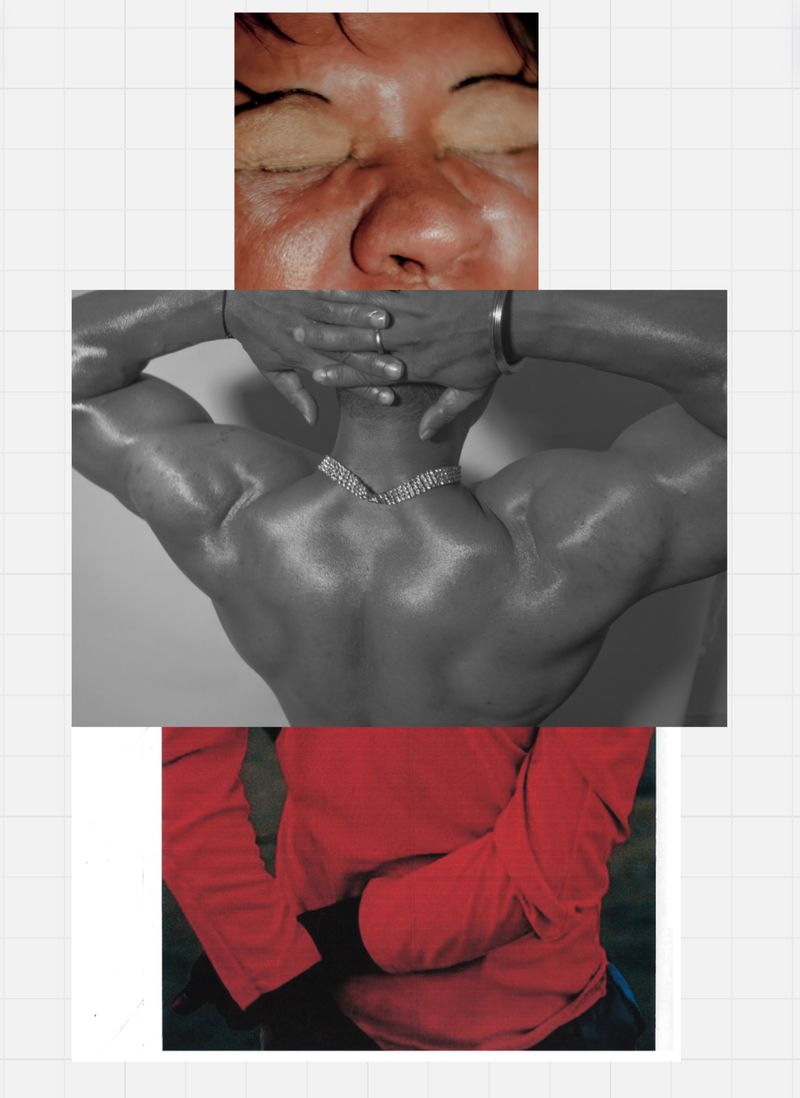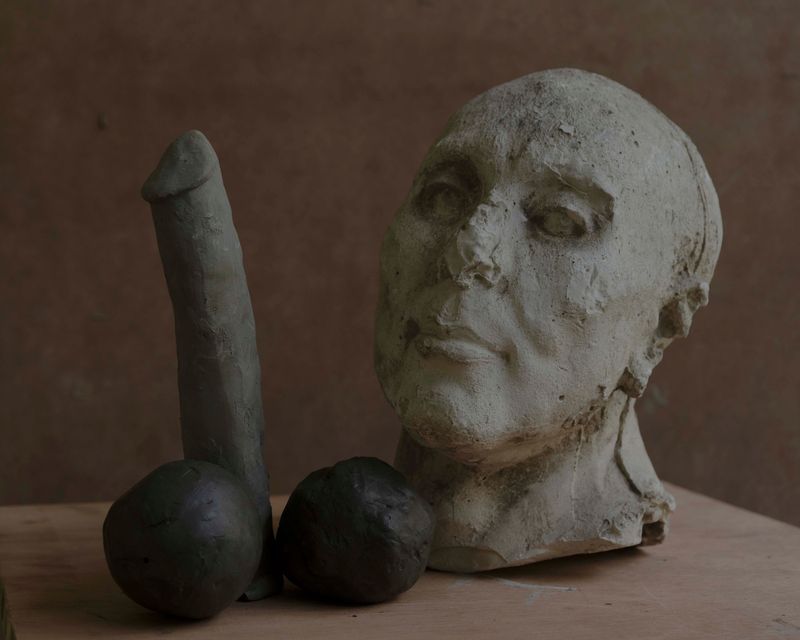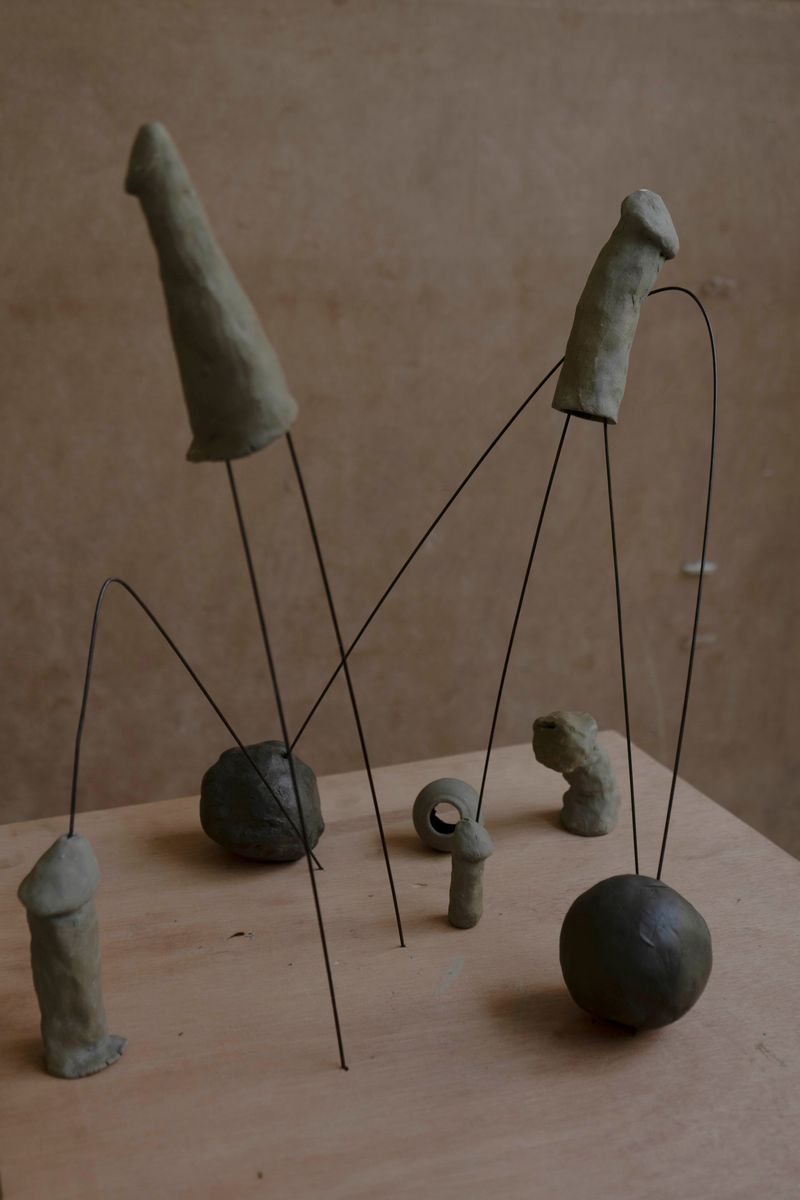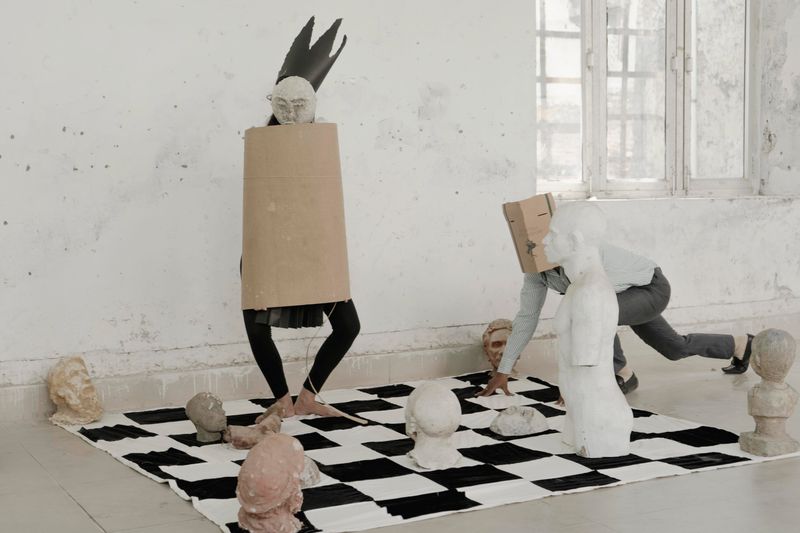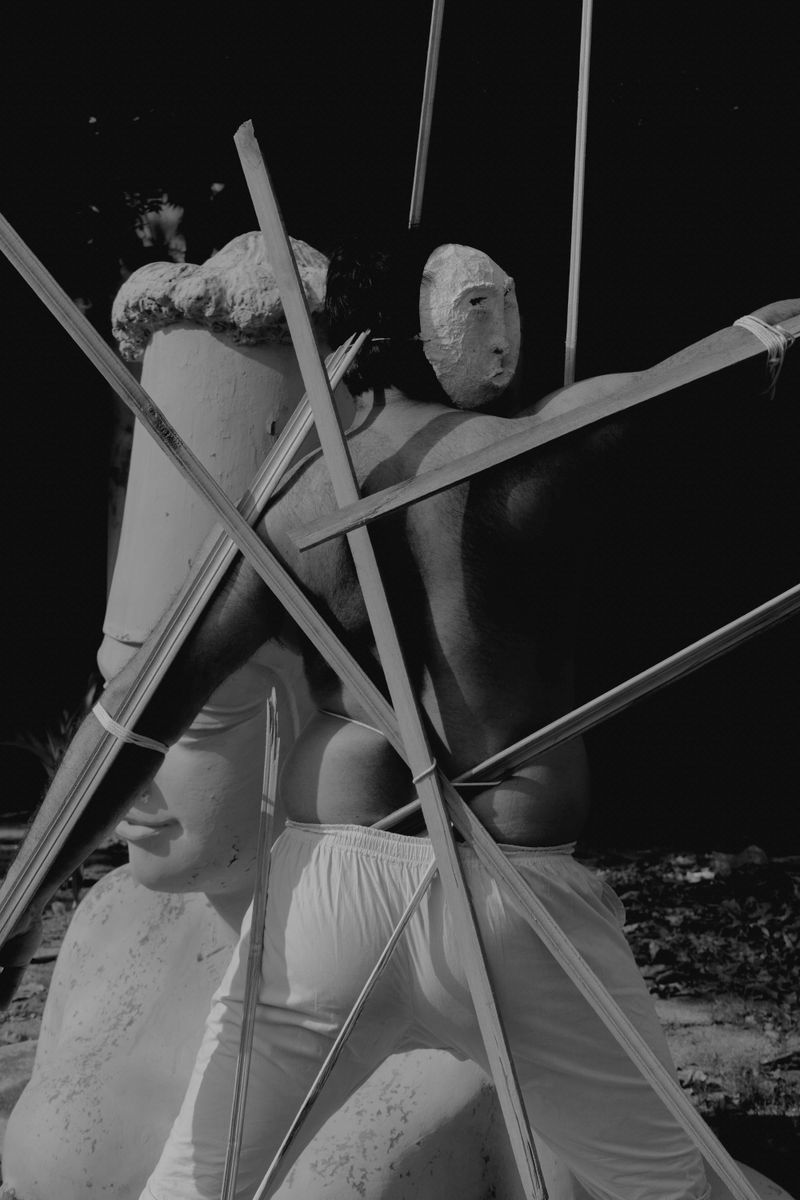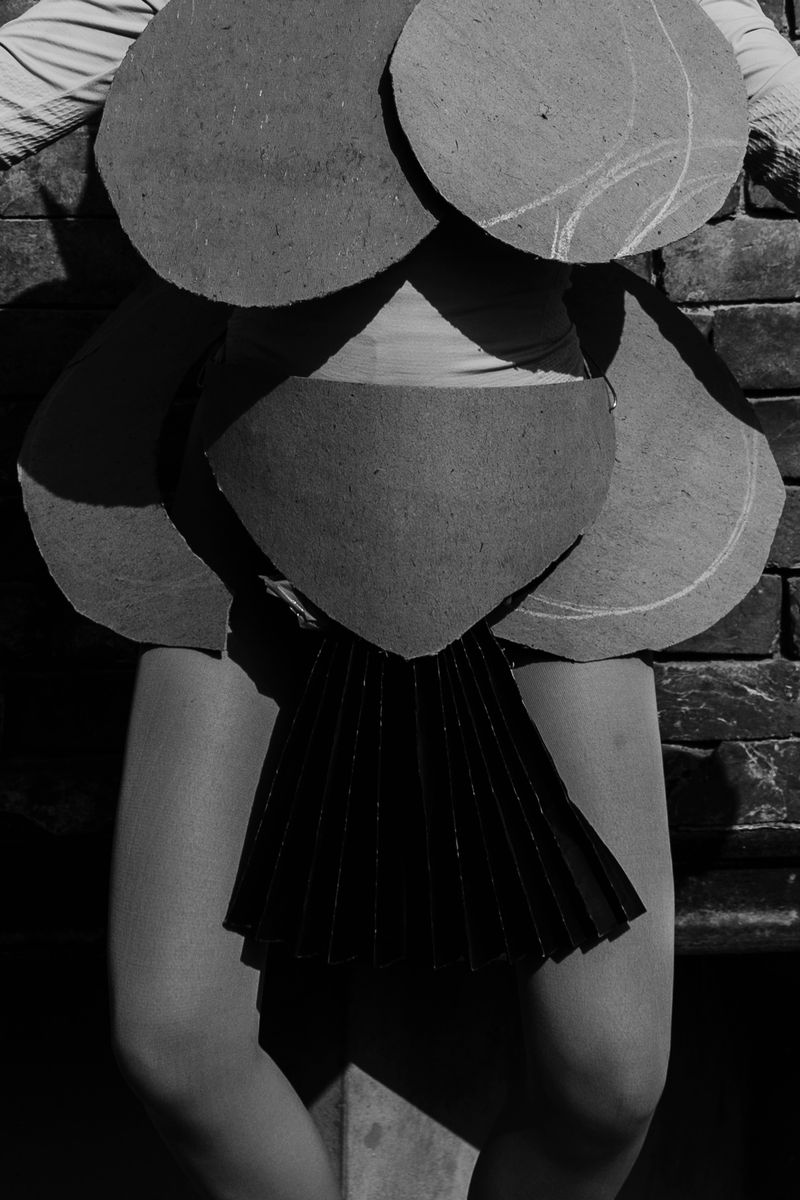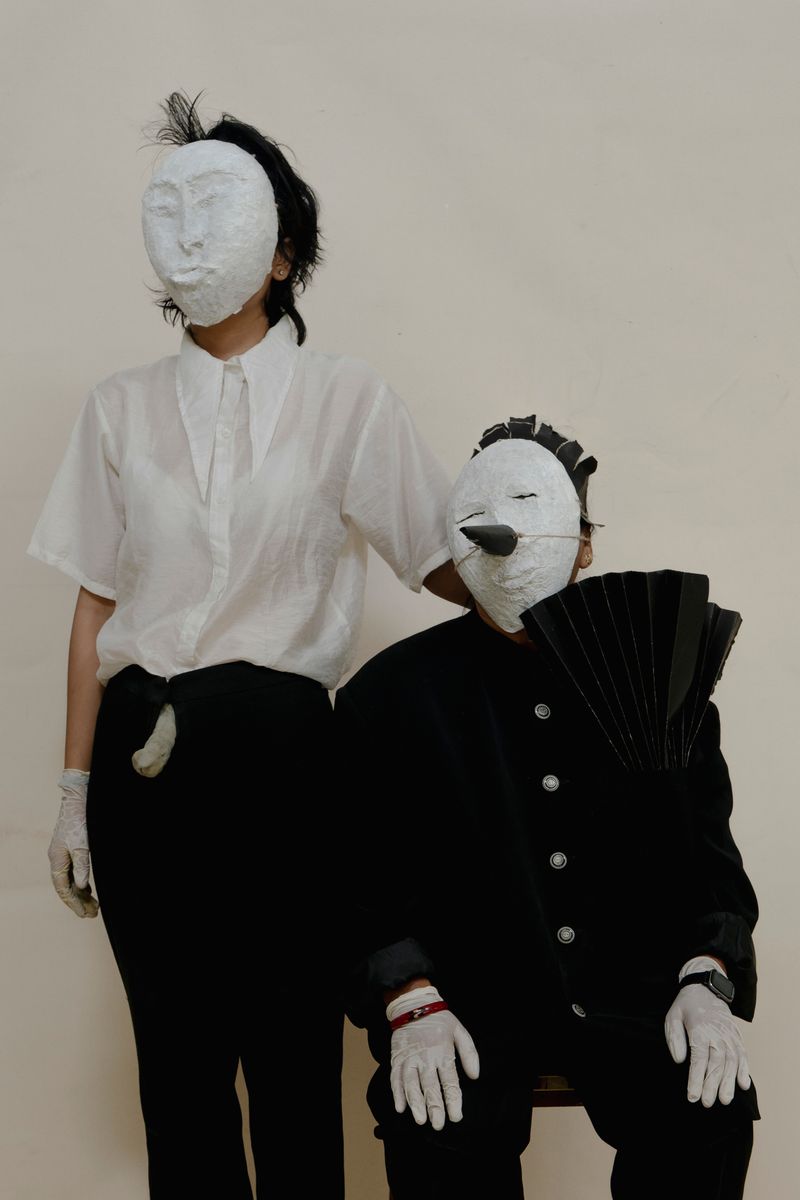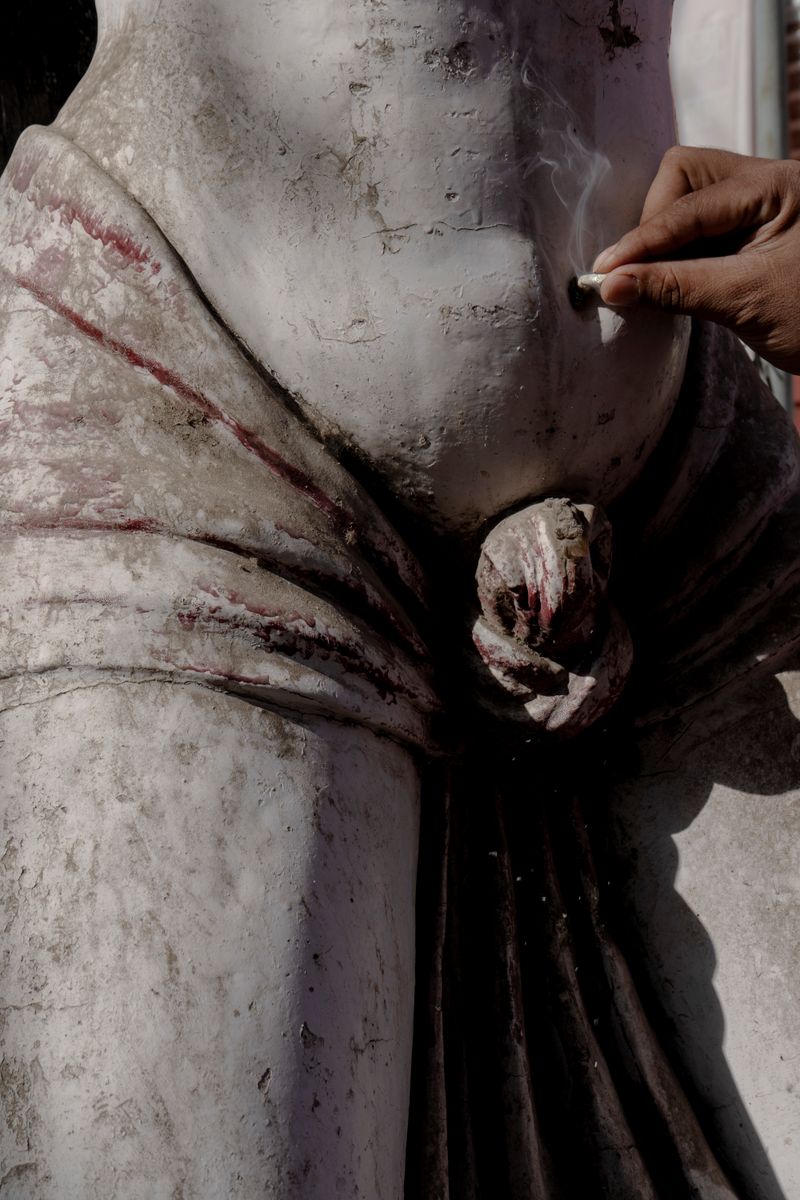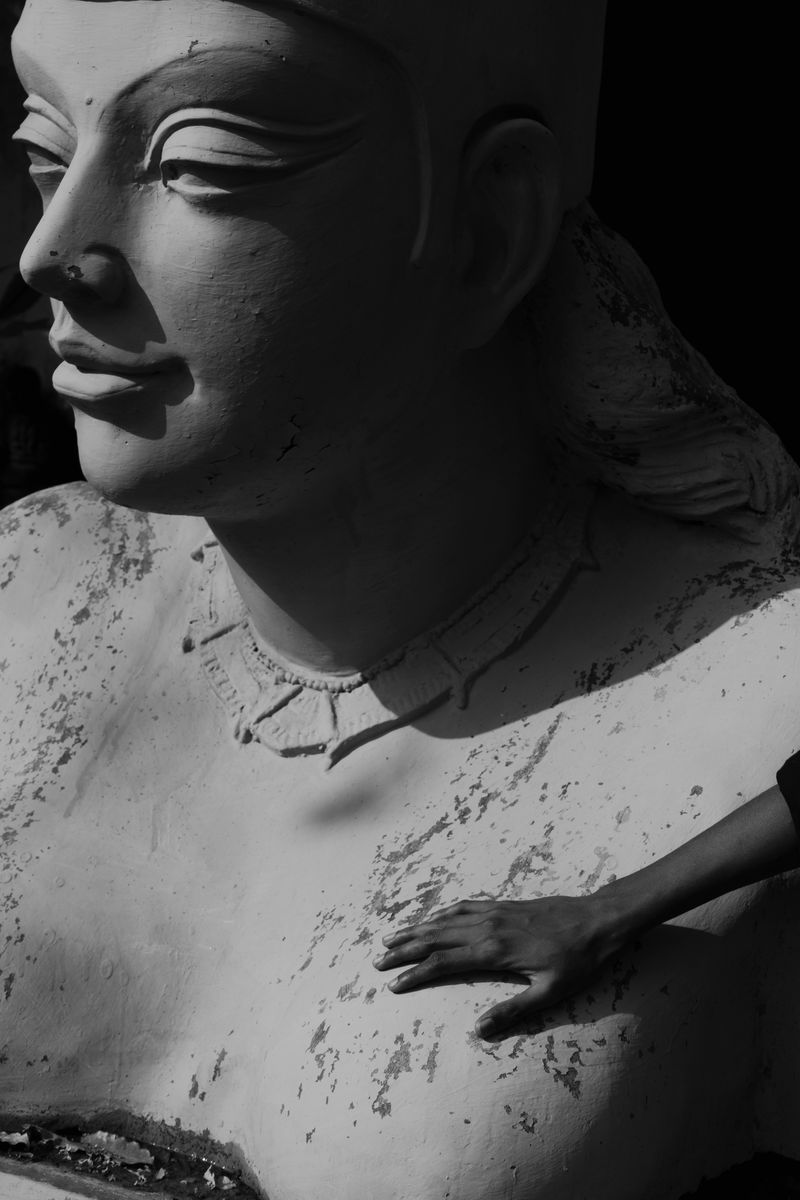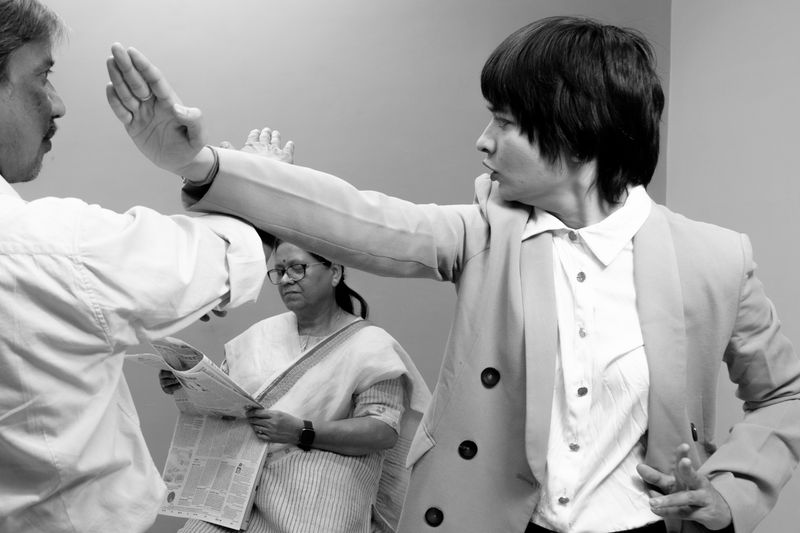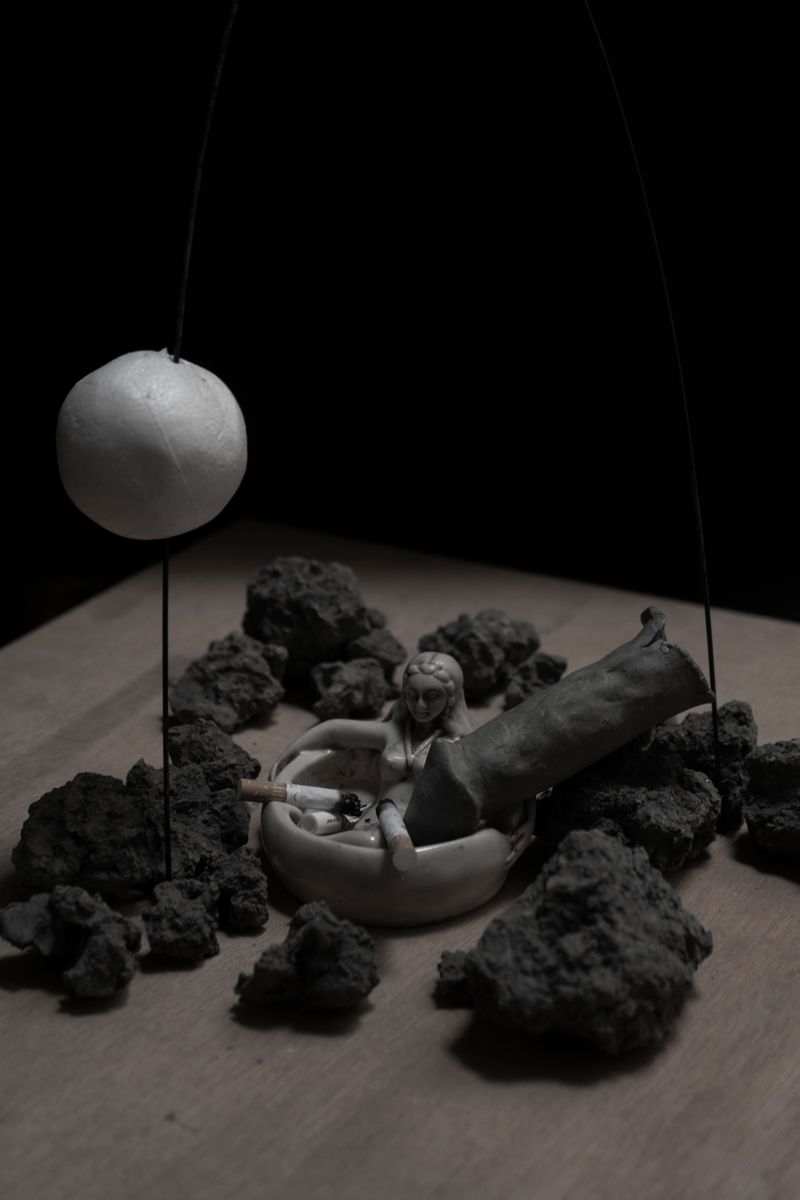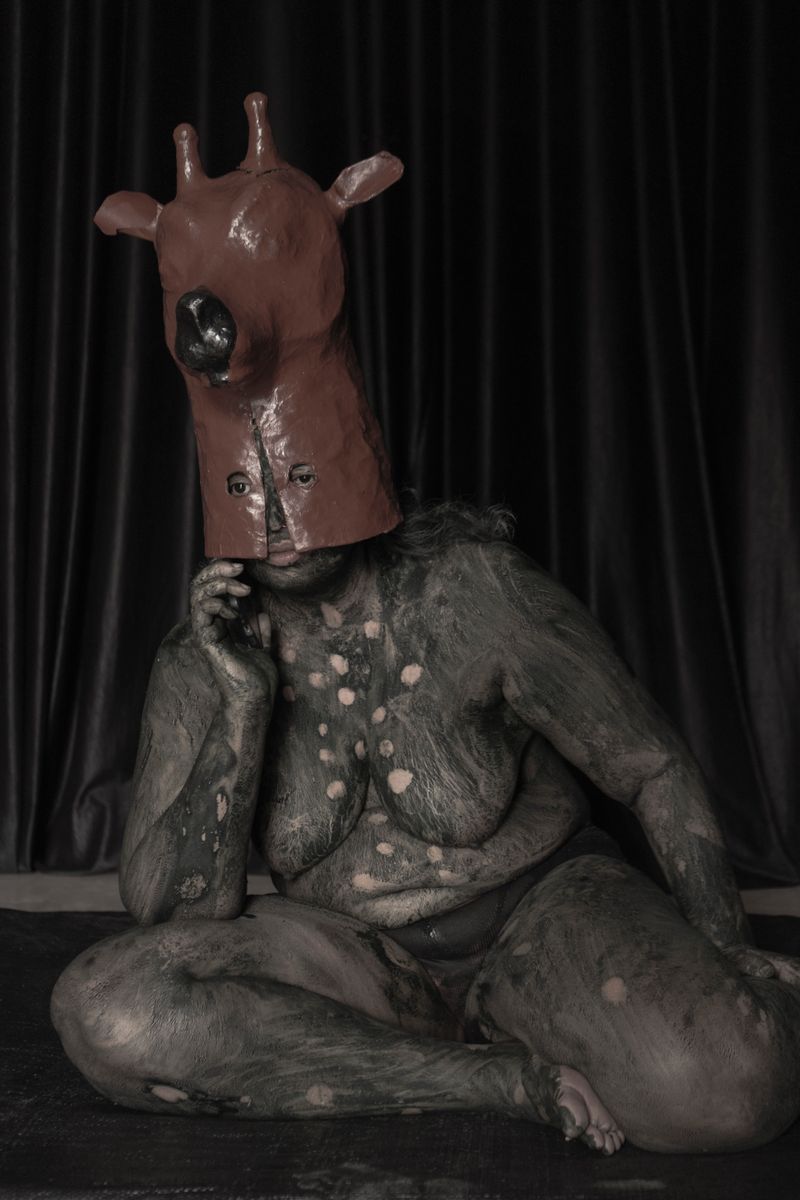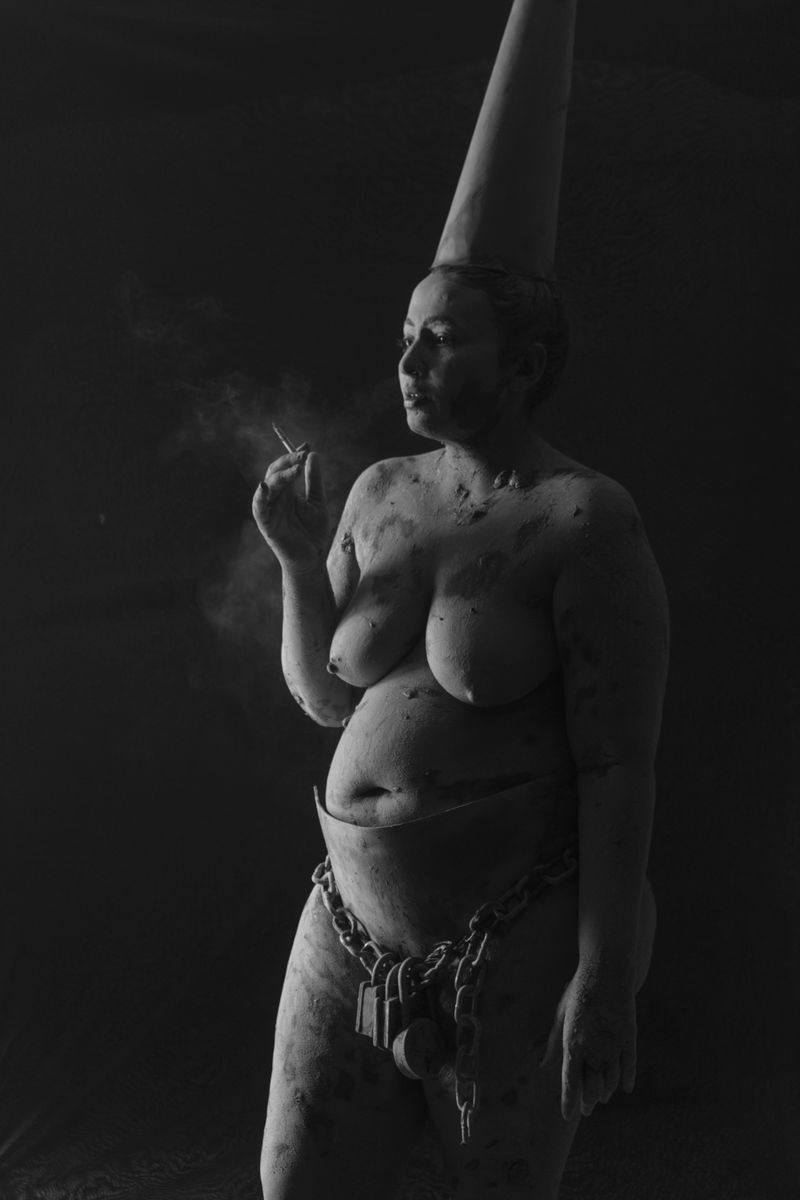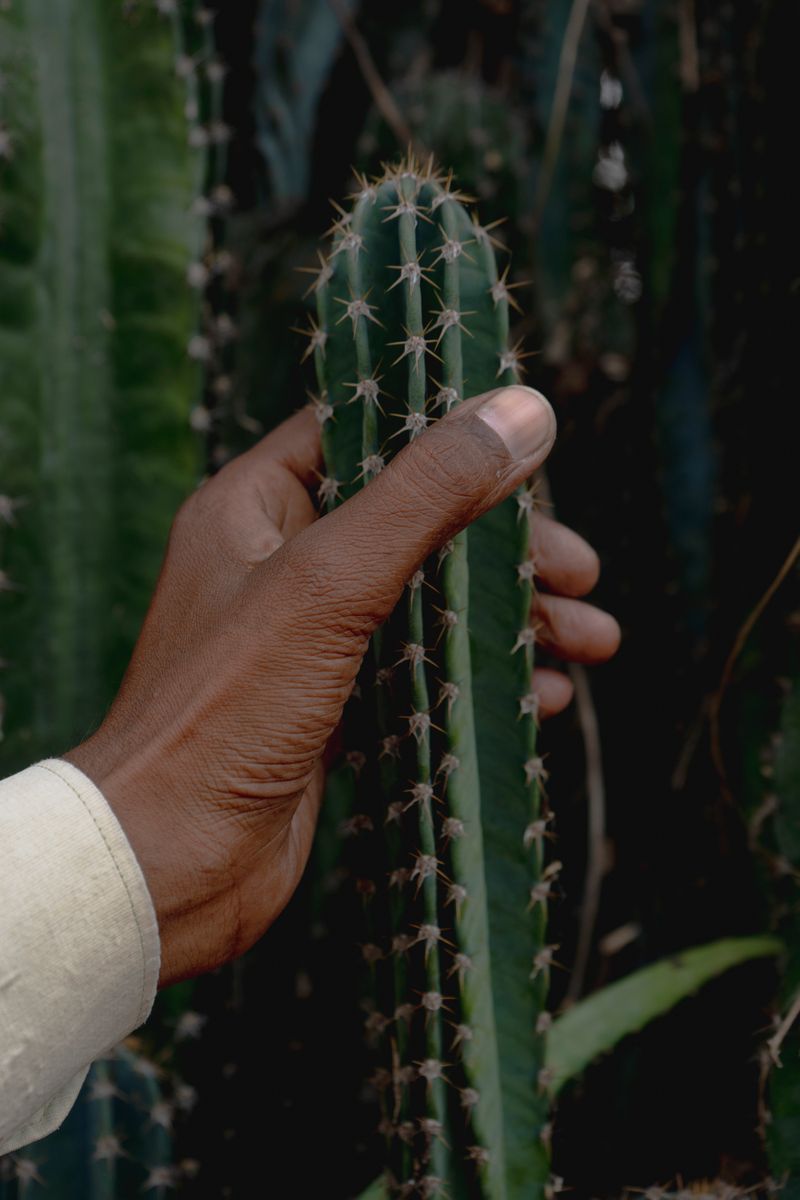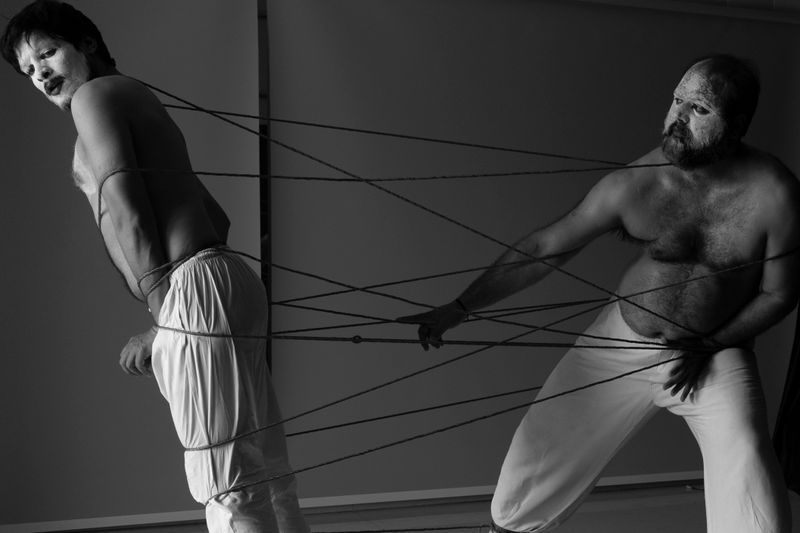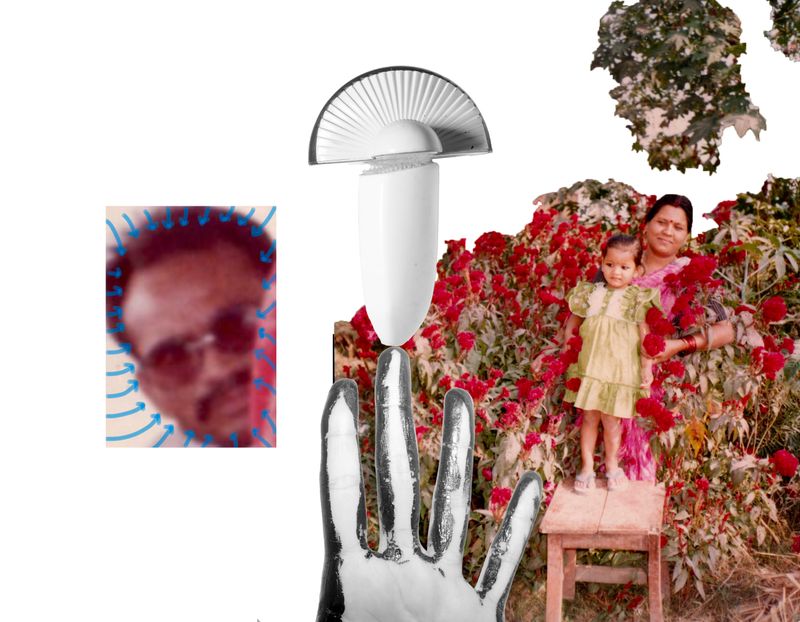In My Life, Why Do I Smile At People Who I’d Much Rather Kick In The Eye?
-
Dates2024 - Ongoing
-
Author
- Location India, India
What: The project’s primary goal is to create a visual language that documents the emotional and embodied afterlife of trauma, while challenging inherited ideas of purity, shame, and gender roles. It seeks to affirm
VIMEO LINK: https://vimeo.com/1090900987
In My Life, Why Do I Smile At People Who I’d Much Rather Kick In The Eye?
What:
The project’s primary goal is to create a visual language that documents the emotional and embodied afterlife of trauma, while challenging inherited ideas of purity, shame, and gender roles. It seeks to affirm the survivor’s right to protect, to
harden, and to reclaim dignity outside traditional expectations of softness or submission.
Why:
The project seeks to visually explore this tension — between the cultural idea of the “ideal woman” and the actual lived
expression of survival. It is also a quiet rebellion against the binary gendered expectations inherited from colonial morality and religious patriarchy — where to be feminine meant to be passive, modest, and pleasing. In reclaiming the
full spectrum of embodied experience, the project affirms the right to protect, to harden, to be complex — and still be whole.
How:
Methodologically, the project uses a mix of staged portraits, symbolic objects, interviews, and emotionally intuitive image-
making. Participants will collaborate in shaping how they are represented, allowing visual expressions of protection, resistance, and complexity. The work avoids literal re-enactment, instead focusing on gestures, atmosphere, and memory.
This project will unfold through a hybrid visual methodology that combines photography, video, performance, sculpture, and installation. It will begin with travel to key sites of memory—homes, schools, religious spaces, and domestic interiors where silence and harm were historically normalized. These spaces will inform the visual language and emotional tone of
the work. Collaborating with performers, theatre actors, and community members (including family), I will stage emotionally charged scenes that evoke rather than reenact personal and collective memory. These portraits will be carefully designed, drawing on costume construction to reflect how survivors modify their appearance to guard themselves. Garments will be
created or altered to express emotional armor, restriction, or transformation—reflecting how the body resists through dress and gesture.
Custom-built sculptural elements and set pieces will act as symbolic environments—abstracted rooms, shrines, or protective enclosures—that respond to themes of containment, surveillance, and survival. These installations will be integrated into both photographs and filmed sequences.
Video work will accompany the stills, capturing movement, gesture, and fragmented voice—focusing on the subtleties of embodied memory. Performers will work with guided improvisation and scripted text based on interviews, journals, and oral histories from women in the community.
Production will occur in phases—first collecting testimonies and sketches, then constructing visuals collaboratively.
Emphasis will be placed on psychological safety and consent at every stage, ensuring participants can contribute authentically and with agency. The final outcome will be a multi-format installation that merges intimate storytelling with formal experimentation.
